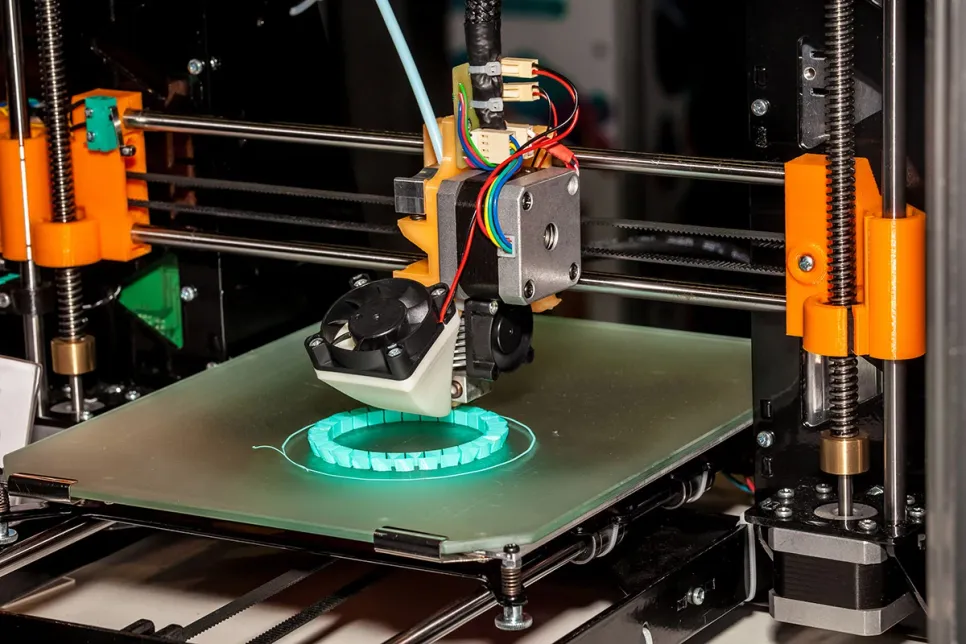Smartphone Market Grew 7.8 Percent in 1Q24
According to preliminary data from IDC, global smartphone shipments increased 7.8% year over year to 289.4 million units in the first quarter of 2024.

According to IDC, global spending on 3D printing (including hardware, materials, software, and services) will grow to $23.0 billion in 2022 with a five-year compound annual growth rate (CAGR) of 18.4%. IDC forecasts worldwide spending to exceed $14.0 billion in 2019, an increase of 23.2% over 2018.
Together, 3D printers and materials will account for roughly two thirds of the worldwide spending total throughout the forecast, reaching $7.8 billion and $8.0 billion respectively in 2022. Services spending will reach $4.8 billion in 2022, led by on-demand parts services and systems integration services. Purchases of 3DP software will grow more slowly than the overall market with a five-year CAGR of 16.7%.
"3D printing solutions are gaining traction outside of the traditional industries of aerospace and automotive manufacturing and healthcare," said Marianne Daquila, research manager, Customer Insights and Analysis at IDC. "Professional services and retail will each see more than $1 billion dollars in annual spending before the end of the forecast period, driven by the benefits of fully customized solutions.
The United States will be the region with the largest spending total in 2019 ($5.4 billion) followed by Western Europe ($4.0 billion). Together, these two regions will provide nearly two thirds of all 3D printing spending throughout the forecast. China will be the third largest region with more than $1.9 billion in spending, followed by Asia/Pacific (excluding Japan) Central and Eastern Europe (CEE), the Middle East and Africa (MEA).
The leading use cases for 3D printing are prototypes, aftermarket parts, and parts for new products. These three use cases will account for 45% of worldwide spending in 2019. Dental objects and medical support objects and tissue/organ/bone printing will see five-year CAGRs exceeding 21%.
"The emergence of higher speed 3D printers, production configurations, and the expanded range of materials available for 3D printing systems continue to enable wider adoption of 3D printing across numerous industries," said Tim Greene, research director, Hardcopy Peripherals and 3D Printing. "The development of some of these new materials is critical, because it increases both adoption and utilization. Over the forecast period IDC expects revenue from 3D printed materials to surpass revenue from 3D printer hardware.